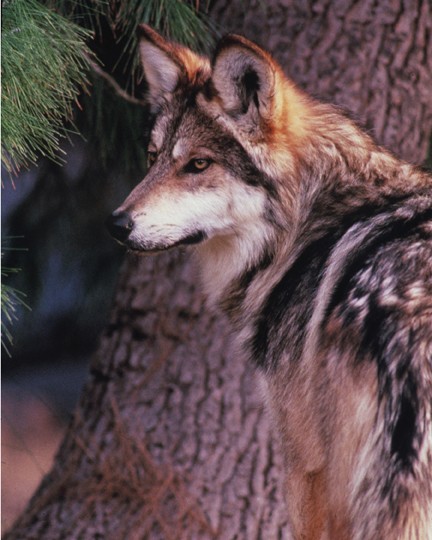In the Press: Mexico ready to release wolves near Arizona border
 Tim Steller
Tim Steller
This month, the government of Mexico is planning to release five wolves on a ranch in northeastern Sonora, within a wolf’s walking distance of Arizona.
Arizona Game and Fish reported the plans in a press release this morning.
The Mexican government planned a similar release of endangered Mexican gray wolves in early 2010, but those plans were not carried out.
Arizona Game and Fish did not announce the exact location and timing of the release. But in 2010, Mexico officials acknowledged to the Arizona Daily Star that the release would take place on a ranch in the Sierra San Luis, a mountain range that has its northern end not far south of the spot where the Arizona, New Mexico and Sonoran borders meet. The range stretches southward about 80 miles into Sonora.
When the planned release emerged in early 2010, some ranchers in eastern Arizona and western New Mexico opposed the plan, arguing it amounted to an end-around to bring wolves into a larger area of the United States via Mexico. But some environmentalists argued that the release in northern Sonora gives the population of endangered Mexican gray wolves in eastern Arizona a better chance at survival, if the populations eventually mix.
For Arizona Game and Fish, the release creates possible confusion with the effort to restore the wolf in eastern Arizona. Previously, the department determined that wolves from Mexico would be treated as fully endangered and therefore not removable if they roam into the United States.
The wolves in eastern Arizona and western New Mexico are subject to strict rules limiting where they may freely roam.
****************************
To read the article published by the AZ Daily Star, and post a comment, click here.
Please submit a letter to the editor celebrating the reintroduction of Mexican gray wolves to another part of their historic range. Letters can be submitted to: letters@azstarnet.com.
Tips for your letter:
With only around 50 Mexican gray wolves in the wild, new releases are critically important to increase the size and genetic health of the wild population.
Mexico, along with Arizona, New Mexico, and western Texas, is part of the Mexican wolf’s historic range.
True recovery of these highly endangered wolves requires several populations that have connectivity; the release in Mexico is a step in the right direction.
The wolves reintroduced in Mexico should receive full endangered species protections and not be restricted in their movements by arbitrary boundaries.
Photo courtesy of the AZ Zoological Society



